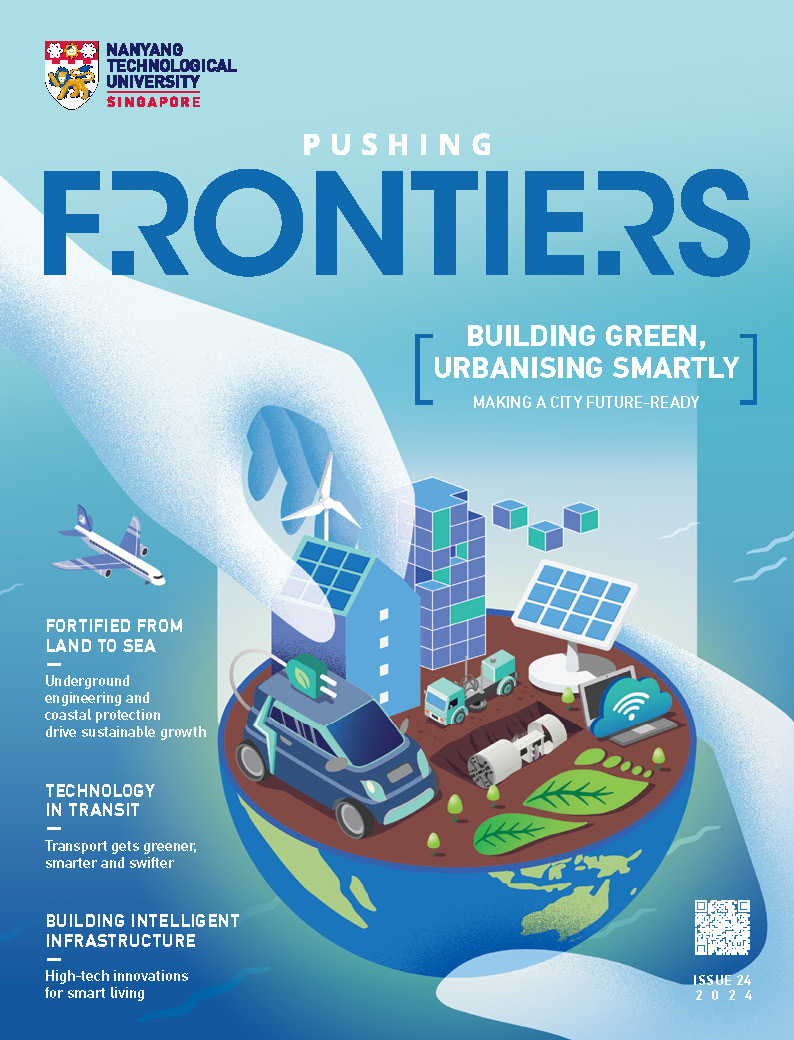Better screening for fungal risks in lung disease
Artificial allergens an improvement over natural ones in identifying patients at risk of allergy.
-with-those-from-other-fungi.jpg?sfvrsn=3025740f_1)
The researchers compared allergens from Aspergillus fumigatus (pictured in petri dishes) with those from other fungi. Credit: LKCMedicine.
Chronic obstructive pulmonary disease (COPD) is a lung disease that restricts the airway, making it harder to breathe. Certain patients with COPD become sensitised to allergens in the environment, such as fungal particles, which can worsen their condition.
Currently, "crude" and natural allergens extracted directly from fungi are used in the clinic to identify sensitised patients who have developed an immune response to fungal particles. This practice has come under scrutiny due partly to concerns that such allergens are not specific enough to pinpoint all at-risk patients.
While artificial “recombinant” allergens could theoretically overcome this limitation, most remain untested. A study led by Assoc Prof Sanjay Haresh Chotirmall, Vice Dean (Research) at NTU’s Lee Kong Chian School of Medicine, shed more light on this issue.
The researchers tested 35 fungal allergens, both naturally occurring and artificial, on about 600 COPD patients from Singapore, Malaysia and Hong Kong.
They discovered that patients sensitive to allergens from Aspergillus fumigatus – found commonly in the air and soil – experienced flare-ups more frequently compared to other fungal allergens.
The study also found that many COPD patients not sensitised to natural Aspergillus fumigatus allergens were actually sensitive to several artificial variations. The finding suggests that these recombinant allergens could be a more accurate screening tool at identifying at-risk patients than the natural, crude allergen approach.
---
Read about the research “Sensitisation to recombinant Aspergillus fumigatus allergens and clinical outcomes in COPD” in European Respiratory Journal (2023), DOI: 10.1183/13993003.00507-2022.
The article appeared first in NTU's research & innovation magazine Pushing Frontiers (issue #23, March 2024).














/enri-thumbnails/careeropportunities1f0caf1c-a12d-479c-be7c-3c04e085c617.tmb-mega-menu.jpg?Culture=en&sfvrsn=d7261e3b_1)

/cradle-thumbnails/research-capabilities1516d0ba63aa44f0b4ee77a8c05263b2.tmb-mega-menu.jpg?Culture=en&sfvrsn=1bc94f8_1)

7e6fdc03-9018-4d08-9a98-8a21acbc37ba.tmb-mega-menu.jpg?Culture=en&sfvrsn=7deaf618_1)













-with-those-from-other-fungi.tmb-listing.jpg?Culture=en&sfvrsn=3025740f_1)
.tmb-listing.jpg?Culture=en&sfvrsn=83fa0b1d_1)


-and-professor-hu-xiao-from-ntu-singapore.tmb-listing.jpg?Culture=en&sfvrsn=d0bcffec_1)
























